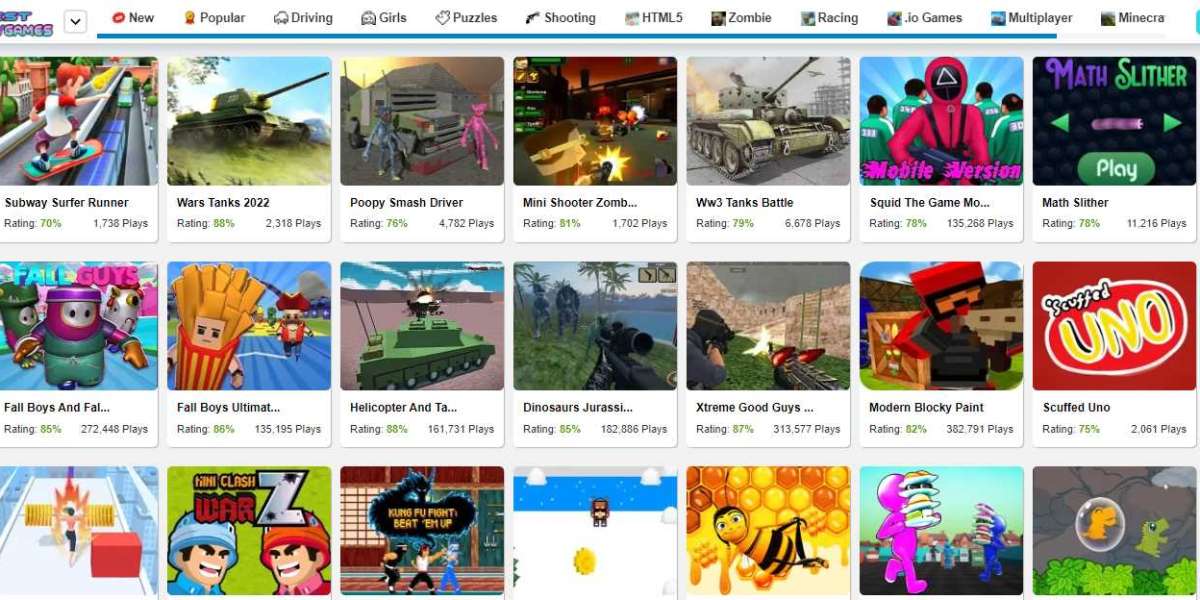It is often said, by many search engine optimisation experts, that content is king. Others proclaim that a text linking strategy is king. The simple fact is, if you are to be successful in your site promotion efforts, all aspects of Search Engine Marketing (SEM) are essential to the mix.
SEM consists of all the elements that are required to successfully promote a website; with the objective being to improve a website's ranking on Google, Yahoo and MSN and other major search engines. These elements may be classified as:
1) On-page optimisation (all the techniques involved in manipulating page content).
2) Off-page optimisation (all the techniques involved in website promotion).
A good way to think of it is: on-page optimisation is used to promote your product, service or information. Whereas off-page optimisation is used to promote your website.
On Page Optimisation.
Site Readiness - W3C Compliance:
Search engine robots do not like broken HTML code. Your rankings will suffer if your pages do not conform to World Wide Web (W3C) standards. A free online HTML validation service is available at: http://validator.w3.org/.
Search engines like Google now check CSS code, this must be validated also. A tool for this is available at: http://jigsaw.w3.org/css-validator/.brbr
Site Readiness - Broken Links:
It should be obvious, but is often overlooked, that broken links are a problem in terms of search engine optimisation. Clearly, if the search engine robot cannot finish spidering your site, due to broken links, then some pages will not be indexed. A tool for checking broken links can be found at: http://validator.w3.org/checklink.brbr
Site Readiness - Keyword Research:
Analyzing your niche market, or business sector, allows you to create an appropriate set of targeted keywords (the most obvious ones are not necessarily the best). A free keyword tool can be downloaded from: http://www.goodkeywords.com/.
Page optimisation - Copywriting
Once you have decided on the appropriate keywords/key phrases for each page, you need to work these keywords into the visible text on each page to be optimised. Remember that you are writing for users, not search engines, and the text must look natural.
Page optimisation - HTML Tag Optimisation
All the appropriate HTML tags on each page should be optimised for best effect. These include:
1) Title tag.
2) Meta keyword tag.
3) Meta description tag.
4) Header tags.
Also, don't forget the image alt tags. And very importantly the link text in your anchor tags.
Page optimisation - Build content.
Keep adding new content to your website. If necessary publish articles and RSS feeds. Google loves new content.
Off Page Optimisation
Once you have finished the on-page optimisation, your attention needs to be focused on off-page optimisation. The essential components of off-page optimisation are:
1) Link building - begin a reciprocal and one way linking strategy.
2) Directory listings - get listed in human edited directories like Dmoz.
3) Article writing - a superb way to generate one way links.
4) Blog contributions - yet another opportunity for one way links.
5) Press releases - announce your presence to the world. More one way links.
Conclusion
All of the above are essential to a successful site promotion campaign. If you wish to improve your Google ranking (the other search engines will follow), do not neglect one area in favour of another. Do it correctly. Do it all. Then watch your rankings soar.








